How to Dehydrate Citrus
Learn to dehydrate citrus to step up your culinary game, stock your pantry with flavor, and create beautiful food art for your family!
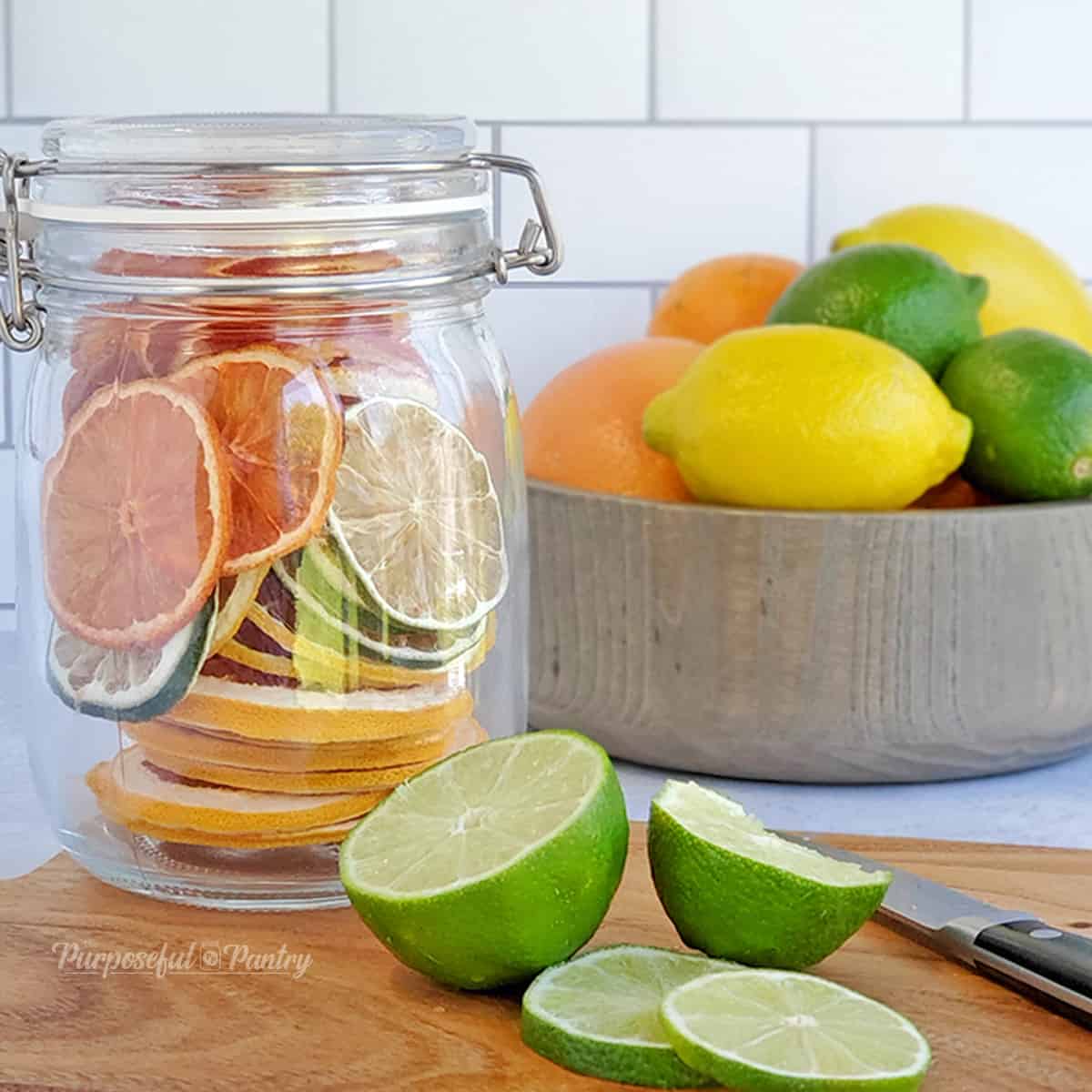
While the citrus season is in the late winter and early spring in North America, good citrus varieties are available all year around. You can take advantage of a great harvest season or a good sale anytime.
Citrus of all varieties (lemons, limes, grapefruit, oranges, kumquats, etc.), make an easy first project for dehydrators. A simple slice and dry is all that is needed!
Let’s get started!
How to Dehydrate Citrus
Quick-drying FAQ: Dry at 125°F/52°C for 18-36+ hours until slices snap when cooled and the cells have no moisture.
Step one
Wash citrus well. Even if using organic, you should soak and wash the citrus to remove any residue and wax on the skin.
Soak in a 50/50 solution of water and vinegar for about 15 minutes. Scrub with baking soda if you feel it necessary.
Step Two
Slice citrus into 1/4″ slices (6-7 mm). A sharp, serrated bread knife makes a good knife if hand-cutting.
Tip: If using a mandoline or meat slicer, cut the end of the citrus fruit to give yourself a flat surface.
Tip 2: PLEASE remember to wear a protective cutting glove when using a mandoline. Even if you can use the guard that comes with the machine, hands, and surfaces become slick.
Step Three:
Place slices on trays. You can pack them fairly close together without overlapping. Some airflow is nice, but they don’t need much space, nor will they shrink much.
Dry at 125°F/52°C or lower for 18-36+ hours.
While the recommended temperature for fruit is 135°F/57°C, citrus often browns during the drying phase as the sugars brown from the heat. Dropping the temperature can help prevent that, though you do have to add a little more time to the drying process.
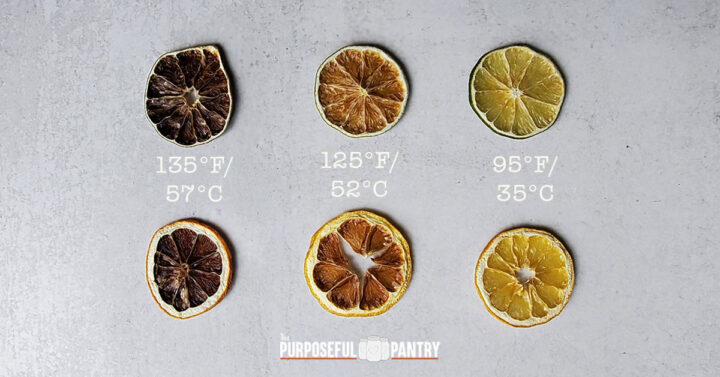
You can use a liner such as silicone mesh or parchment paper, but it’s unnecessary.
Tip: Flip your slices after the three to four-hour mark, and every five hours to keep them from sticking to your trays.
Step Four:
Test. Allow a sample or two to come to room temperature. It is fully dry when you can snap it in two easily, and there is no moisture in the cells of the flesh.
Step Five:
Condition. The conditioning process is essential to allow all slices to come to a median humidity and check for any moisture issues. This helps prevent mold in storage. If you haven’t heard about the concept of conditioning, you can check out this blog post that teaches how to condition dehydrated food.
Step Six:
Store in an airtight container for up to eighteen months, though you’ll likely get a much longer time with proper storage techniques.
Blanching Citrus
If you’ve had dried any citrus before and felt they were just too bitter for you, I found a great solution!
Blanching citrus slices before dehydrating helps remove some bitterness from the fruit, making your final product taste more like lemon or orange or lime and less like the pith. Give it a try the next time you dehydrate!
Steps:
- Slice fruit.
- Blanch in boiling water for 2 minutes.
- Immediately place into an ice bath to stop the cooking process.
- Dehydrate using the above directions.
Oven Directions:
- Slice citrus into ¼” slices.
- Place parchment paper onto a metal cooling rack.
- Place lemon slices in a single layer.
- Turn the oven to the lowest temperature, preferably 170°F/60°C or below.
- Use a wooden spoon or other oven-safe silicone mitten to crack the door if it’s too hot.
- Flip citrus after 2 hours.
- Dry until completely dry, approximately 4-6 hours.
- Store as above.
Dehydrating Citrus Varieties
You can get more specific information on drying your favorite type of citrus here:
- Citrus
- Grapefruit
- Lemon
- Lime
- Orange (Blood orange, mandarin, navel, Cara Cara, etc.)
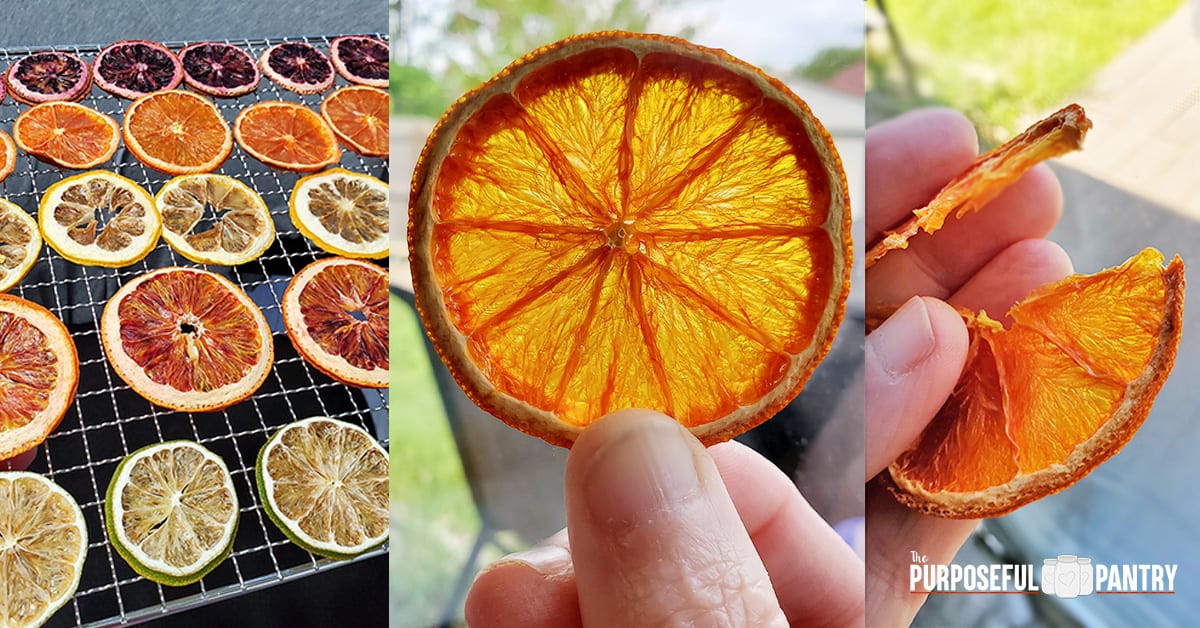
Ways to Use Citrus Wheels
Dried citrus wheels are so beautiful on their own – they look like stained glass! But there are lots of ways to use dried citrus to add to your cooking, baking and decor!
- Make citrus garlands – string together citrus wheels, cranberries, cinnamon sticks, etc., to create a decorative garland for your fireplace, a window, or your Christmas tree.
- Use as drink garnishes. A citrus wheel on a cocktail is a beautiful way to elevate even your most basic gin and tonic.
- Use to flavor drinks. Place a dried citrus slice in your tea (hot or cold) and add so much extra flavor! Some folks even brew hot lemon tea with a few slices, hot water and a bit of honey!
- Use to place on fish and other seafood as a base or on top to add citrus flavor when cooking or baking.
- Grind to make powder to add flavor without the bulk. (See instructions in the next section).
- Make simmer jars or bags. Add lots of dried citrus, some fresh or dried rosemary, some cranberry, and a cinnamon stick or two. These can be simmered in a saucepan full of water to add moisture and beautiful smells to the home.
- Dip orange slices in chocolate for a wonderful treat! This is especially nice for Christmas treat bags. Make sure to refrigerate.
What are ways you love using your citrus slices?
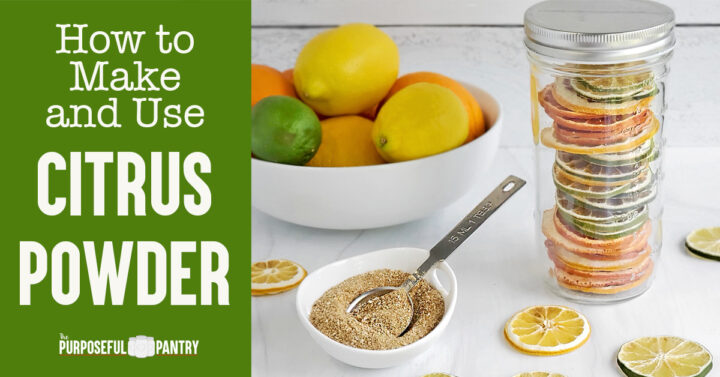
How to Make Citrus Powder
Dry fruit thoroughly with the instructions above. Your citrus slices must be completely dry before powdering.
- Break slices up into the grinder of your choice. I often use a NutriNinja bullet blender, but a coffee grinder or large blender works well, too.
- Pulse your grinder four or five times before commencing a sustained grind.
- Strain the powder with a fine-mesh strainer, then grind the leftover bits again.
- Condition: Place powder on parchment paper on a cookie sheet in a warmed (but off) oven OR back into your dehydrator in coffee filters, muffin papers, etc., to dry for 15-30 min
- Allow to come to room temperature, then store in an airtight container, preferably with a moisture absorber. Follow these tips to prevent clumping in citrus powder.
LEARN MORE: 25+ Ways to Use Fruit Powder
More Uses of Citrus
Commonly asked questions
Typically, most dehydrated foods are best within a twelve to eighteen-month window that you dry them. However, with proper airtight storage techniques, you may get longer. Your mileage will vary.
While citrus peels are edible, you need to weigh the organic vs. conventional citrus debate about clean fruit.
Rinds can also be very bitter depending on the pith within the fruit and how much there is. I personally find the citrus peels too bitter because of the pith, and I dry the slices, then peel the rind off and eat the flesh of the fruit.
Time is relative when dehydrating. It depends on your machine, your home’s humidity, the moisture in your fruit, how thick you’ve cut the slices, etc. Use the time mentioned as a time window, not an exact one. Keep drying if they aren’t thoroughly dried, yet!
And if you want to see how to preserve the zest, watch my video on dehydrating citrus zest!


Dehydrate Citrus
Equipment
Ingredients
- Citrus of your choice
Instructions
- Wash citrus well
- Slice into 1/4 slices
- Dry at 125F°C / 52°C for 18-36 hours
- Dry when they snap when cooled and no moisture is evident
- Condition
- Store in an airtight container
Video
Darcy’s Tips
-
- Roast chicken: Place slices in the cavity or make a bed for the chicken to sit on.
-
- Place slices on fish to bake.
-
- Slip into a glass of water or tea to bring a bright citrus flavor.
-
- Dip in chocolate to eat as treats or share as gifts
-
- As a garnish on cocktails
-
- Decorating (Remember to spray with a protective coating if displaying citrus on a wreath or other decoration for any period of time to seal it)
-
- Potpourri
-
- Use your favorite citrus zester to remove the zest (minus the white pith), lay between two paper towels, and allow to air dry for a day or so.
-
- You can also place them in a coffee filter or onto dehydrator trays on your dehydrating trays and dry at 95°F/35°C until dry.
-
- Peel citrus like an apple, and place the zest slices onto dehydrator trays to dry at 95°F/35°C until crisp (approximately 8 hours).
Nutritional information is an estimation only. Nutrient information for dehydrated foods is based on fresh. Use 1/4 of the servicing size for the same nutrient information. Thus 1 Cup of fresh fruit has the same sugars as 1/4 dried.
©ThePurposefulPantry. Photographs and content are copyright protected. Sharing of this recipe’s link is both encouraged and appreciated. Copying and/or pasting full recipes to any social media is strictly prohibited.

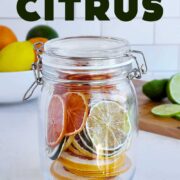
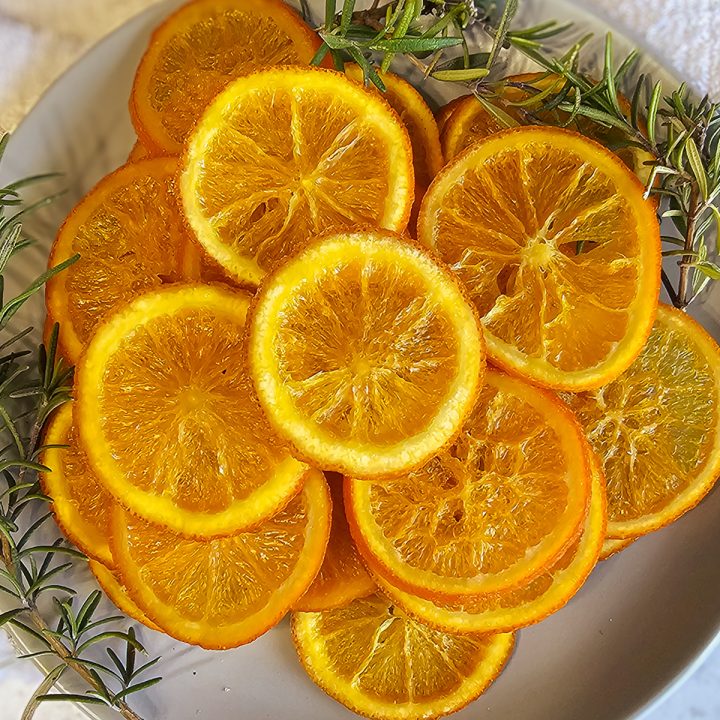
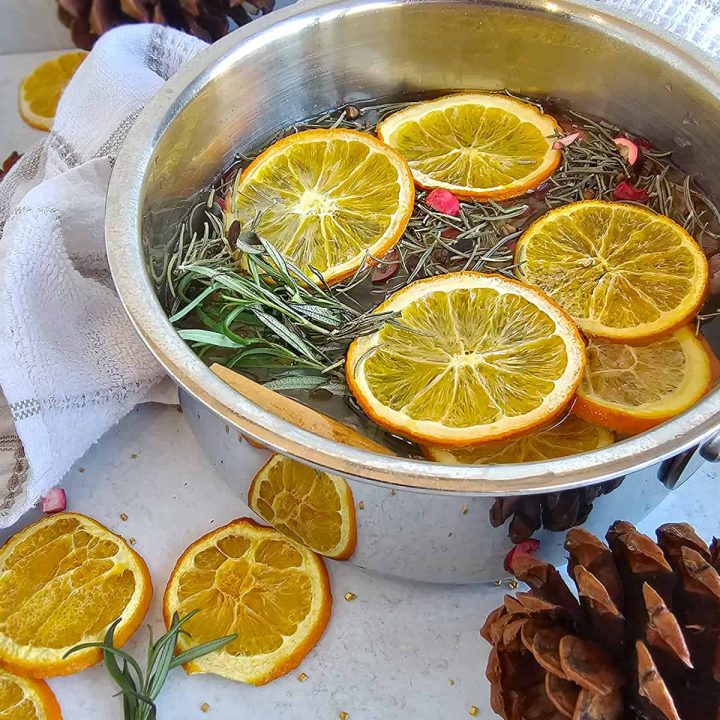

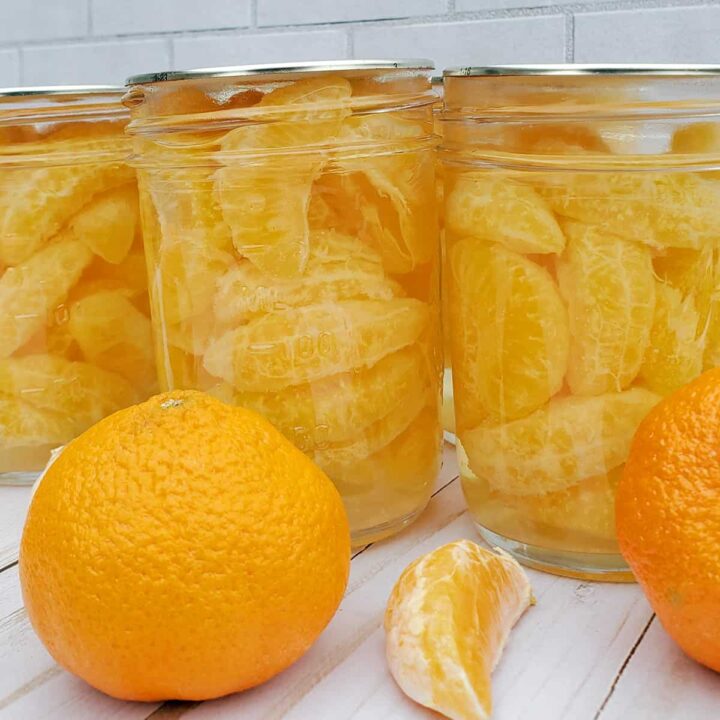
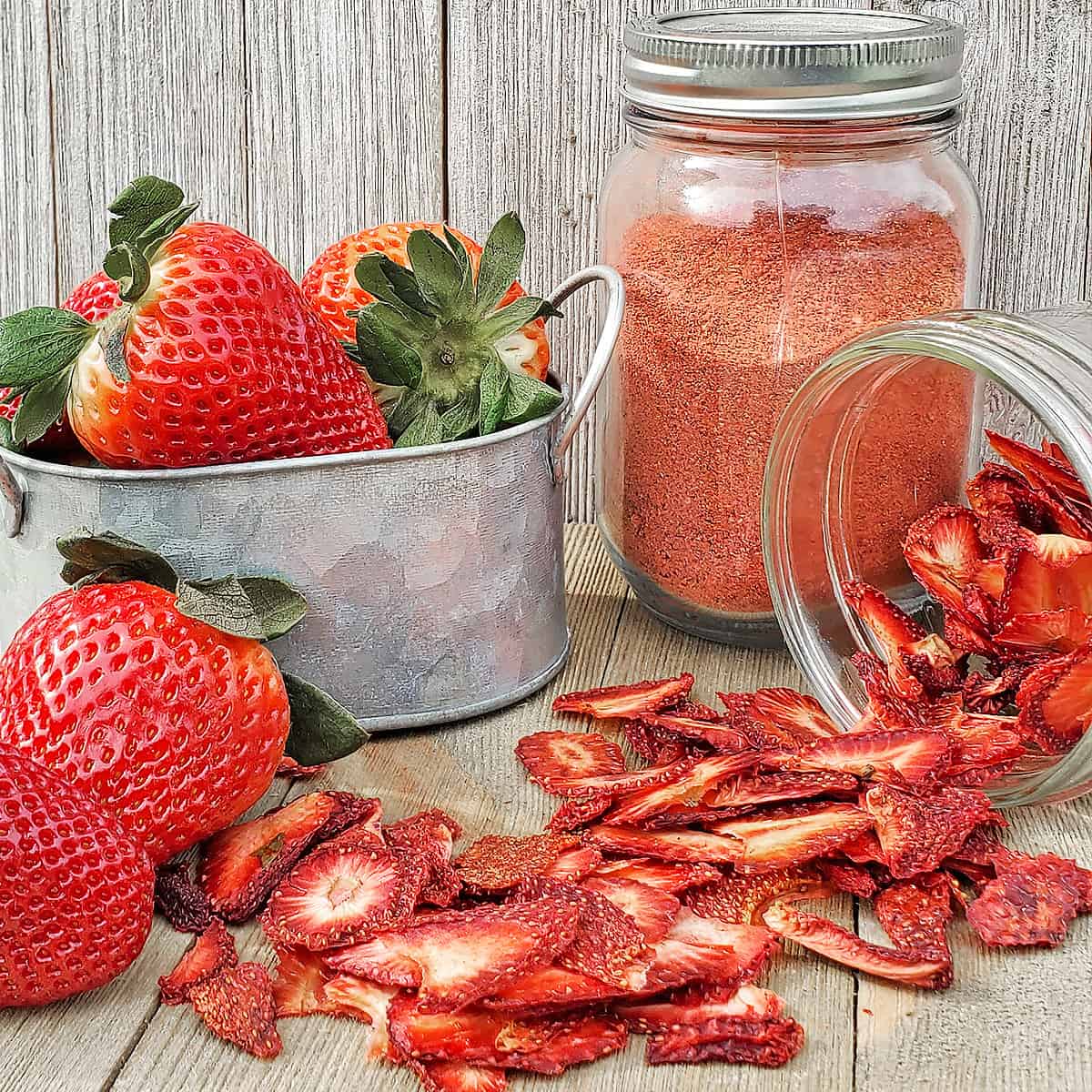
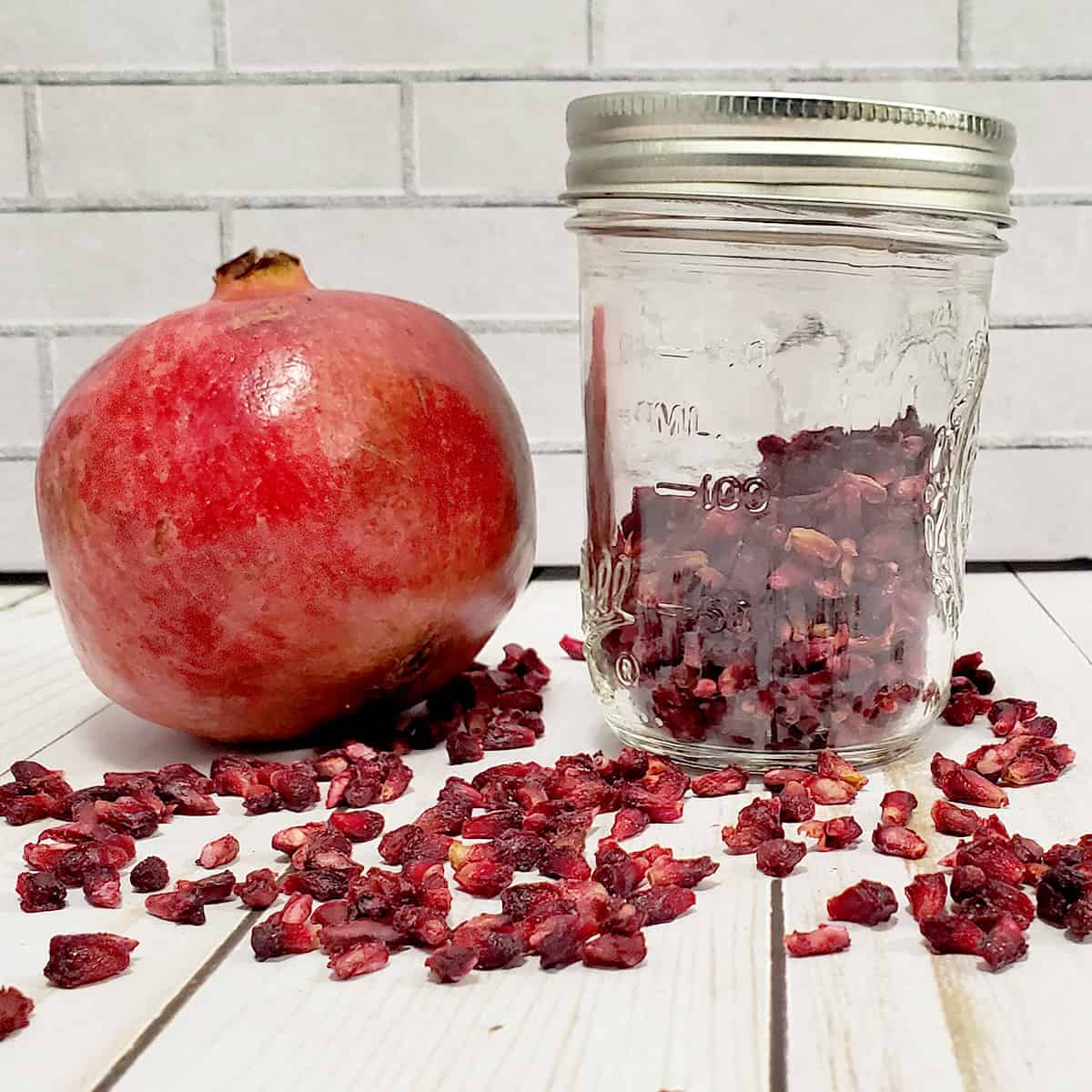
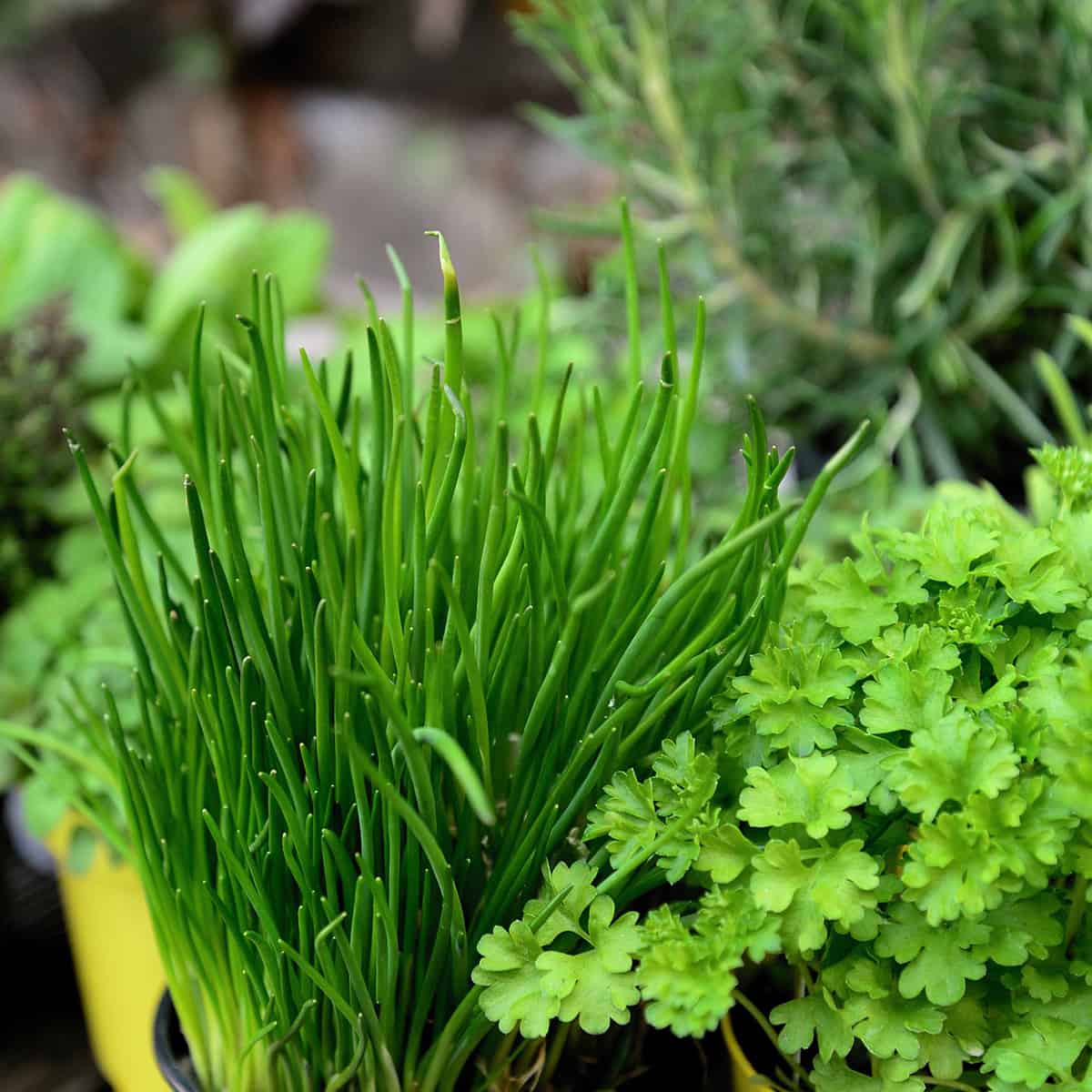
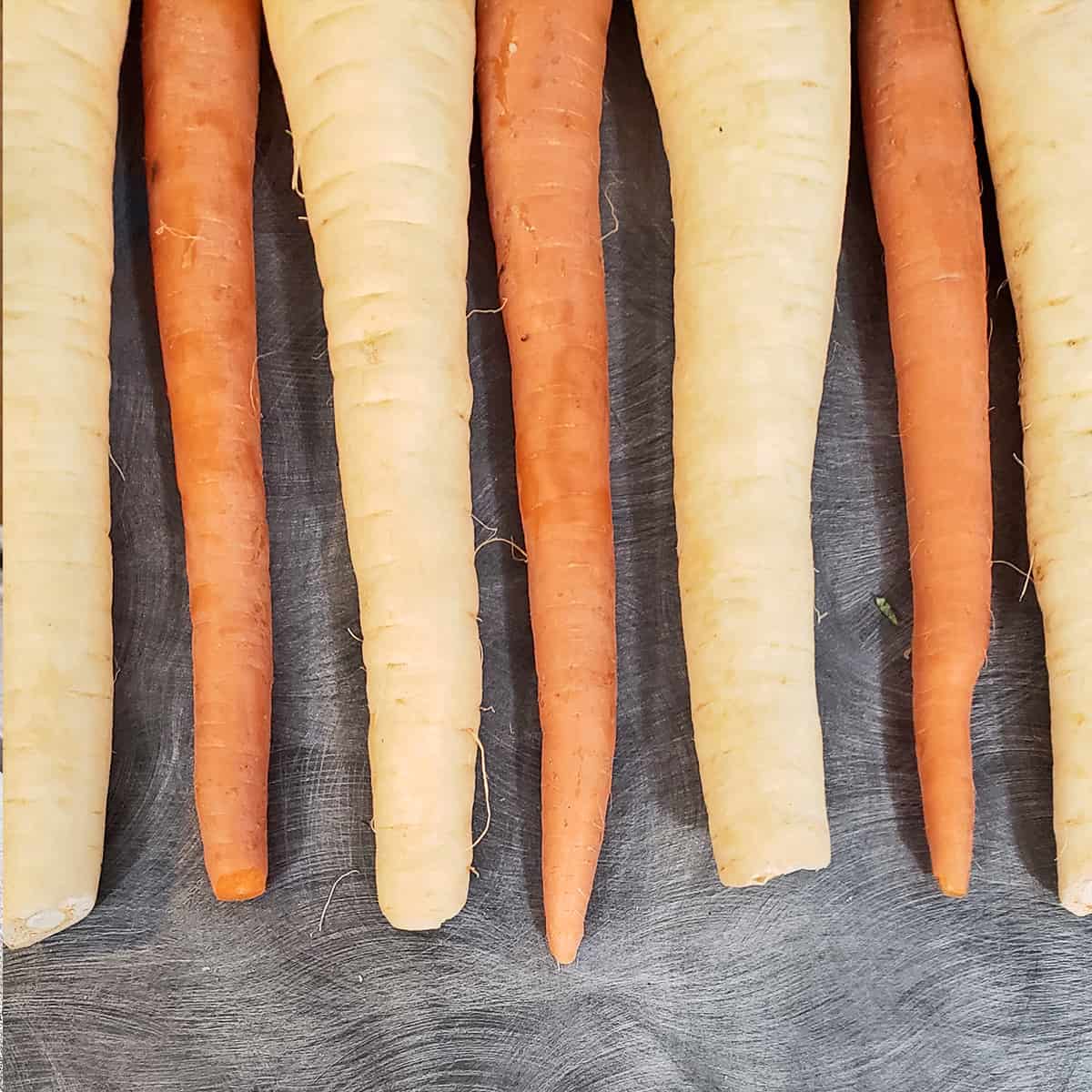
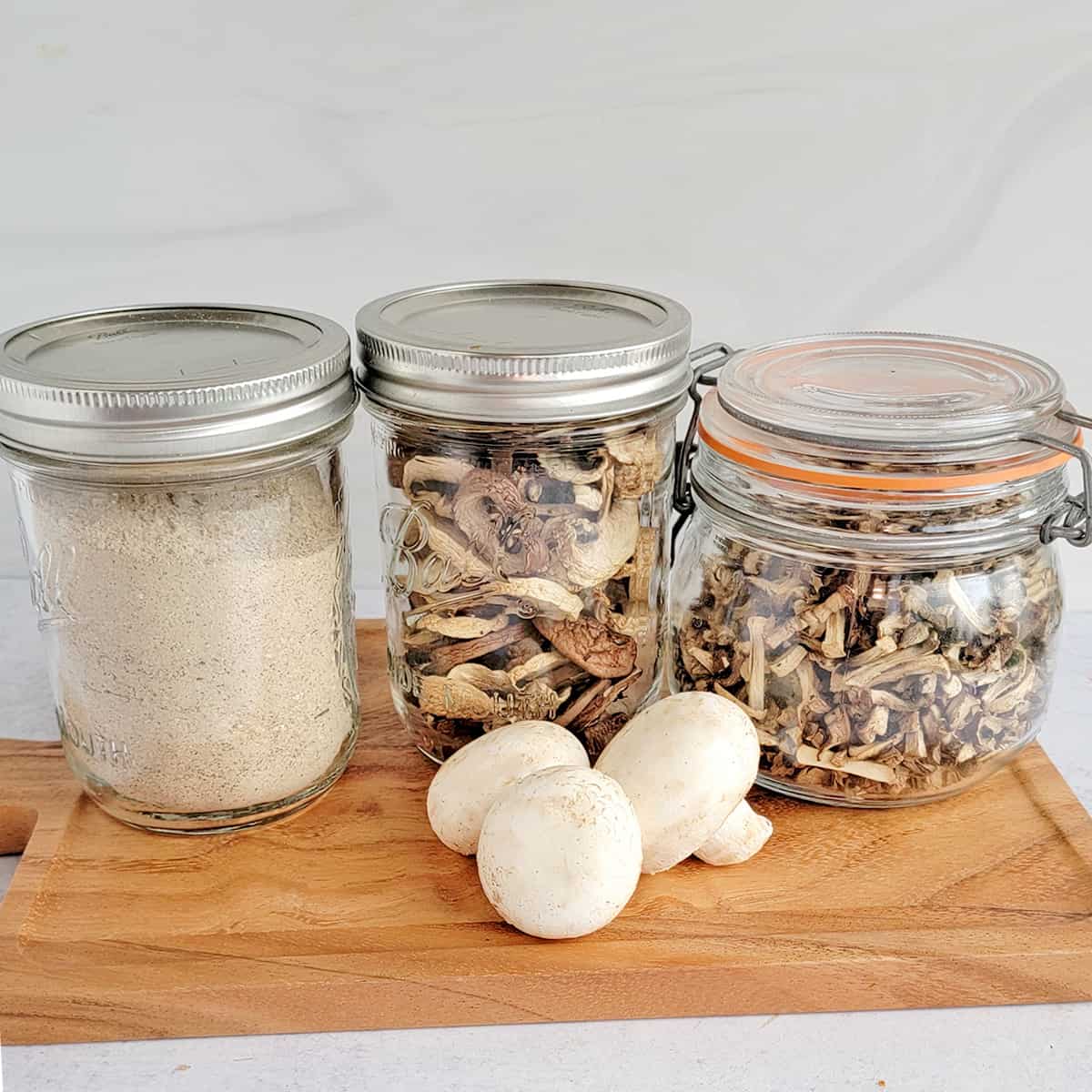

Is there a way to rehydrate the oranges and use them for cooking? I plan to cut them into slices and then peel the skins off and dry the skin separately. I usually don’t have this many leftover oranges to deal with so I’m kind of at a loss
Use them in cooking how? I just lay them whole under my chicken to roast. What are you looking to do?
Newbie to dehydrating and finding so much information on the net and books, but it is great to finally be able to go to one place to find answers to my questions and see great detailed recipes,love how you give so much information, never heard of conditioning before, you offer so much detailed information in the one place. Love the honesty and details you supply. thank you for making dehydrating so much fun and easier.
Glad you’re finding it helpful!